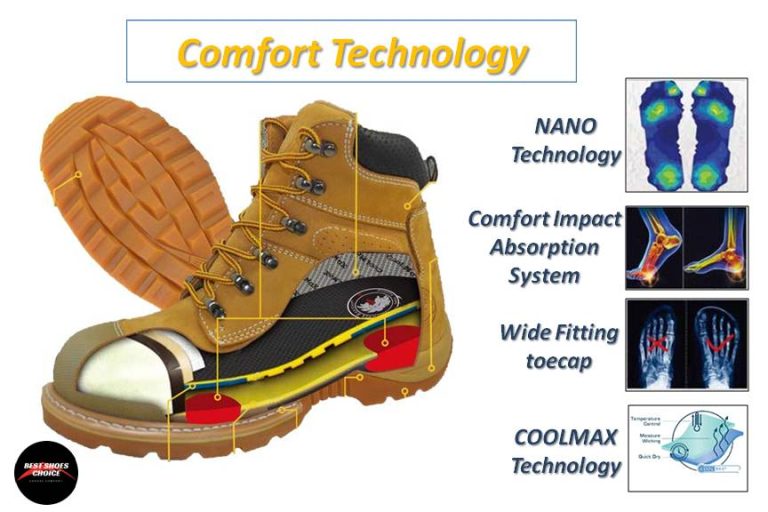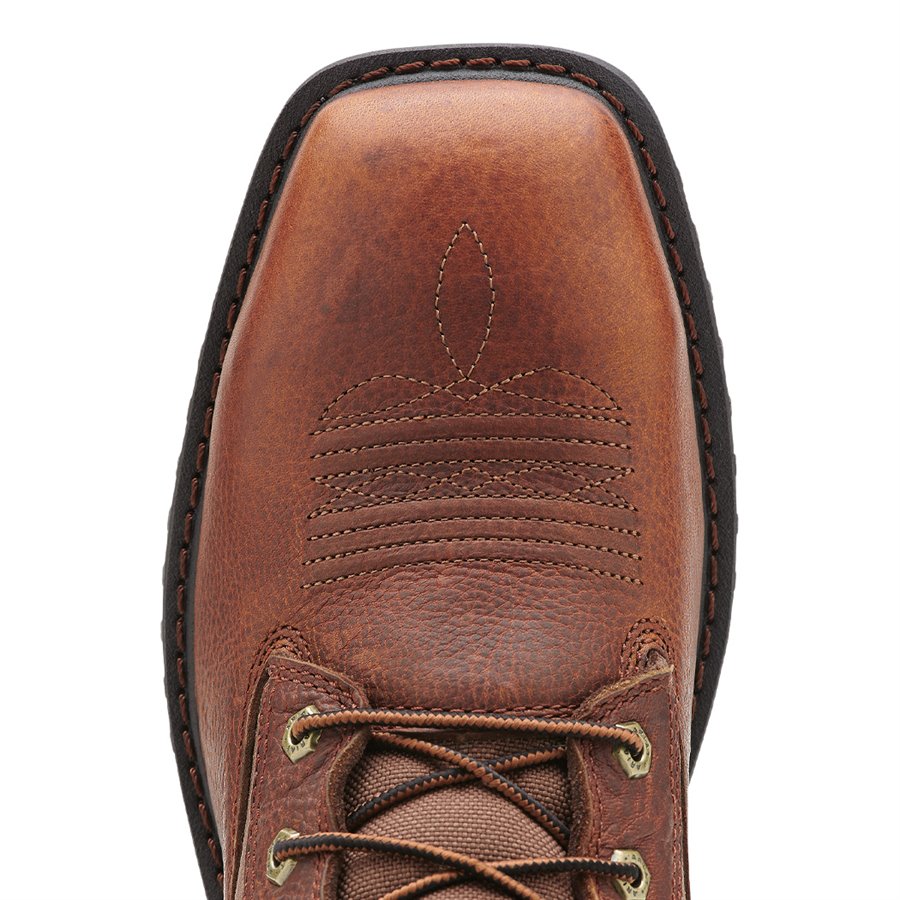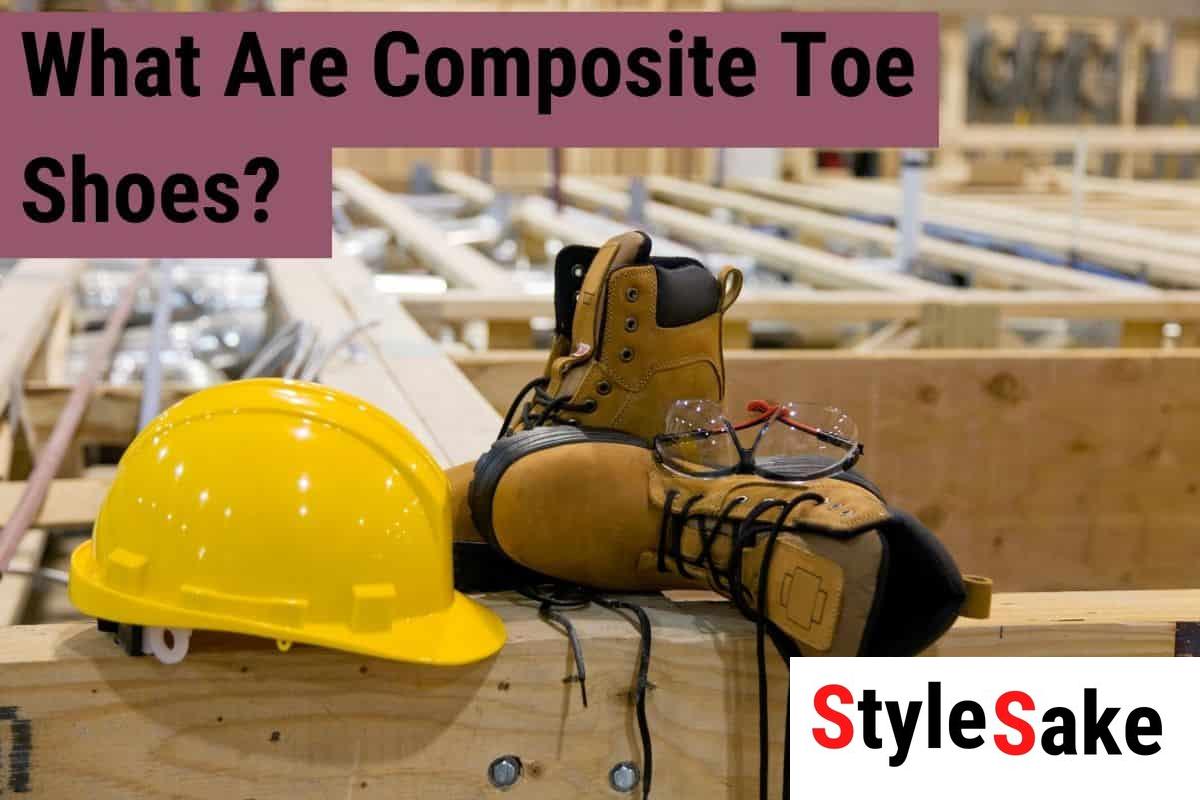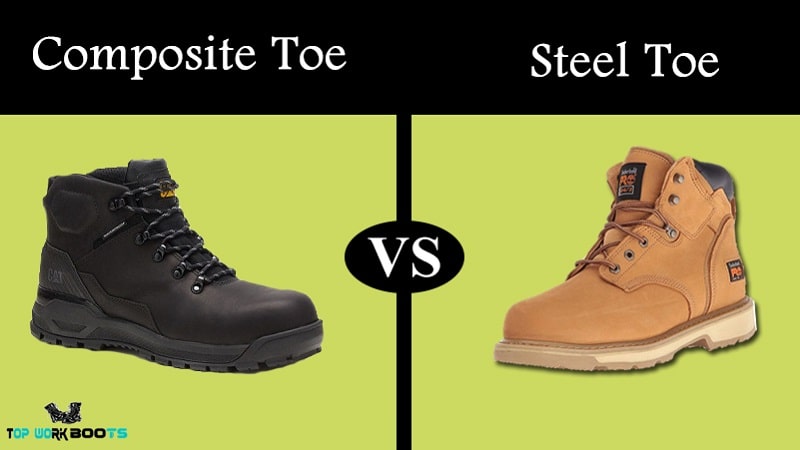What Makes Composite Toe Different from Steel Toe?
The footwear industry has witnessed a significant shift towards composite toe technology in recent years. This innovative material has gained popularity due to its unique properties, which set it apart from traditional steel toe technology. One of the most common questions asked is, what is composite toe made of? The answer lies in its advanced materials and design. Composite toe technology offers a range of benefits, including its lightweight and durable properties, making it an attractive option for various industries and individuals. In contrast, steel toe technology relies on a single material, steel, which can be heavy and cumbersome. The advantages of composite toe are evident, but its growing popularity raises questions about its performance, safety, and applications. As we explore the world of composite toe technology, it’s crucial to understand its differences from steel toe and how it can benefit various industries and individuals.
The Anatomy of a Composite Toe Cap
A composite toe cap is a complex structure composed of various materials, carefully combined to provide exceptional strength, durability, and lightweight properties. So, what is composite toe made of? The answer lies in the innovative combination of materials such as plastics, carbon fiber, and Kevlar. These materials are strategically layered and molded to create a strong and lightweight toe cap that can withstand harsh environments and heavy impacts. The plastics used in composite toe caps are often reinforced with fibers, such as carbon fiber or Kevlar, to enhance their strength and durability. This unique composition allows composite toe caps to absorb and distribute impact forces, providing superior protection for the toes. The design and manufacturing process of composite toe caps are critical in ensuring their performance and safety. By understanding the anatomy of a composite toe cap, individuals can appreciate the technology and innovation that goes into creating these exceptional safety products.
How to Choose the Right Composite Toe Work Boots
Selecting the perfect composite toe work boots can be a daunting task, especially with the numerous options available in the market. To make an informed decision, it’s essential to consider several factors, including occupation, work environment, and personal preferences. For instance, individuals working in heavy industries, such as construction or manufacturing, may require boots with enhanced impact resistance and durability. On the other hand, those working in lighter industries, such as warehousing or logistics, may prioritize comfort and flexibility. Popular brands like Thorogood, Magnum, and Dr. Martens offer high-quality composite toe technology, with models like the Thorogood American Made 8″ Composite Toe Boot and the Magnum Steel Toe Boot being top choices among workers. When choosing composite toe work boots, it’s crucial to look for products that meet or exceed ASTM and ISO standards, ensuring the safety and protection of the wearer. By considering these factors and doing thorough research, individuals can find the perfect composite toe work boots that meet their specific needs and requirements.
The Science Behind Composite Toe’s Impact Resistance
Composite toe technology has revolutionized the safety footwear industry with its exceptional impact resistance. But what makes it so effective? The answer lies in the combination of materials, design, and testing protocols. The unique composition of composite toe caps, which includes plastics, carbon fiber, and Kevlar, allows them to absorb and distribute impact forces. This is achieved through a process called energy absorption, where the materials work together to dissipate the force of the impact, reducing the risk of injury. The design of the toe cap also plays a crucial role, with features such as curved shapes and reinforced ridges helping to deflect and absorb impact. Furthermore, composite toe products undergo rigorous testing protocols, including those set by ASTM and ISO, to ensure they meet the highest safety standards. These tests simulate real-world scenarios, such as heavy objects dropping on the toe, to evaluate the product’s ability to withstand impact. By understanding the science behind composite toe’s impact resistance, individuals can appreciate the technology and innovation that goes into creating these exceptional safety products. With its ability to provide superior protection without compromising on comfort or durability, composite toe technology is an excellent choice for workers in various industries.
Debunking Common Myths About Composite Toe
Despite its growing popularity, composite toe technology is often misunderstood, leading to misconceptions about its performance and capabilities. One common myth is that composite toe is less durable than steel toe, which is simply not true. In reality, composite toe caps are designed to be incredibly resilient, with some products offering a lifespan of up to 5 years or more. Another myth is that composite toe provides limited protection, which is also a misconception. Composite toe technology has been proven to provide excellent impact resistance, meeting or exceeding the safety standards set by ASTM and ISO. Furthermore, some people believe that composite toe is heavier than steel toe, which is not the case. In fact, composite toe caps are often lighter and more comfortable than their steel counterparts. By understanding the facts behind composite toe technology, individuals can make informed decisions about their safety footwear needs. It’s essential to separate fact from fiction and recognize the benefits of composite toe, including its lightweight, durable, and comfortable design.
Composite Toe vs. Steel Toe: A Comparison of Safety Features
When it comes to safety footwear, two popular options are composite toe and steel toe technology. While both provide excellent protection, they have distinct differences in terms of safety features, materials, and benefits. Composite toe technology, made from advanced materials like plastics, carbon fiber, and Kevlar, offers a lightweight and comfortable design without compromising on safety. Steel toe, on the other hand, is a more traditional option, providing a robust and durable protection. One key advantage of composite toe is its ability to absorb impact forces, reducing the risk of injury. Steel toe, while providing excellent protection, can be heavier and more rigid, potentially causing discomfort during extended wear. Another important consideration is the work environment. Composite toe is ideal for occupations that require frequent bending or kneeling, as it provides greater flexibility and comfort. Steel toe, however, is better suited for heavy-duty industries, such as construction or manufacturing, where maximum protection is paramount. Ultimately, the choice between composite toe and steel toe depends on individual needs and work requirements. By understanding the unique benefits and drawbacks of each, individuals can make informed decisions about their safety footwear needs.
The Future of Composite Toe Technology: Innovations and Advancements
As the demand for composite toe technology continues to grow, researchers and manufacturers are pushing the boundaries of innovation, exploring new materials, designs, and manufacturing processes. One area of focus is the development of advanced materials, such as graphene and nanomaterials, which offer enhanced strength, durability, and lightweight properties. Additionally, 3D printing technology is being explored for its potential to create complex toe cap designs, reducing weight and increasing comfort. Another area of research is the integration of smart technology, such as sensors and wearable devices, into composite toe products, enabling real-time monitoring of foot health and safety. Furthermore, manufacturers are investing in sustainable manufacturing processes, reducing waste and environmental impact. The potential applications of composite toe technology extend beyond the footwear industry, with possibilities in aerospace, automotive, and medical industries. As the technology continues to evolve, it’s likely that we’ll see composite toe products become even more advanced, comfortable, and protective. With ongoing innovations and advancements, the future of composite toe technology looks bright, promising to revolutionize the way we approach safety and protection.
Conclusion: The Benefits of Composite Toe Technology
In conclusion, composite toe technology has revolutionized the safety footwear industry, offering a lightweight, durable, and comfortable alternative to traditional steel toe technology. By understanding the composition of composite toe caps, the science behind impact resistance, and the importance of choosing the right product, individuals can make informed decisions about their safety and protection needs. Debunking common myths and misconceptions about composite toe technology has highlighted its numerous benefits, including its ability to provide excellent protection without compromising on comfort. As the technology continues to evolve, it’s likely that we’ll see even more innovative applications of composite toe in various industries. Whether you’re a worker in a hazardous occupation or simply looking for a comfortable and protective footwear option, composite toe technology is definitely worth considering. With its numerous advantages and benefits, it’s no wonder that composite toe technology is becoming the go-to choice for many individuals. By embracing this technology, individuals can ensure a safer and more comfortable working experience.









